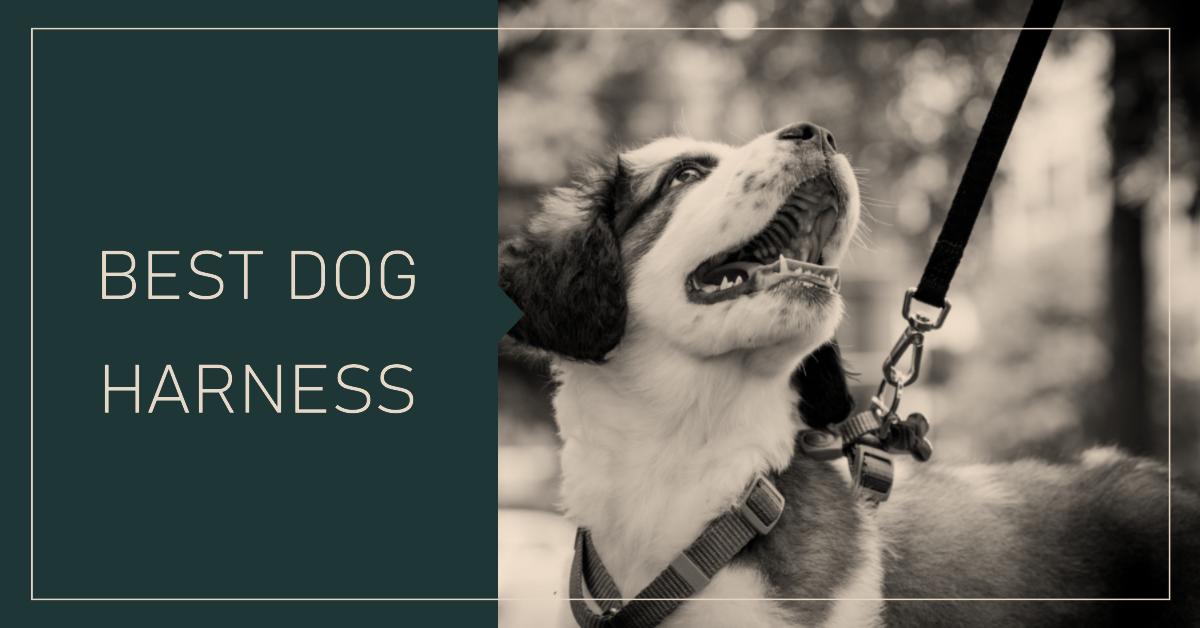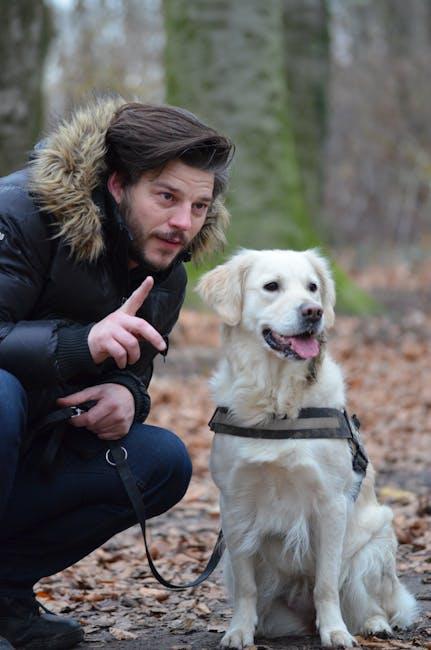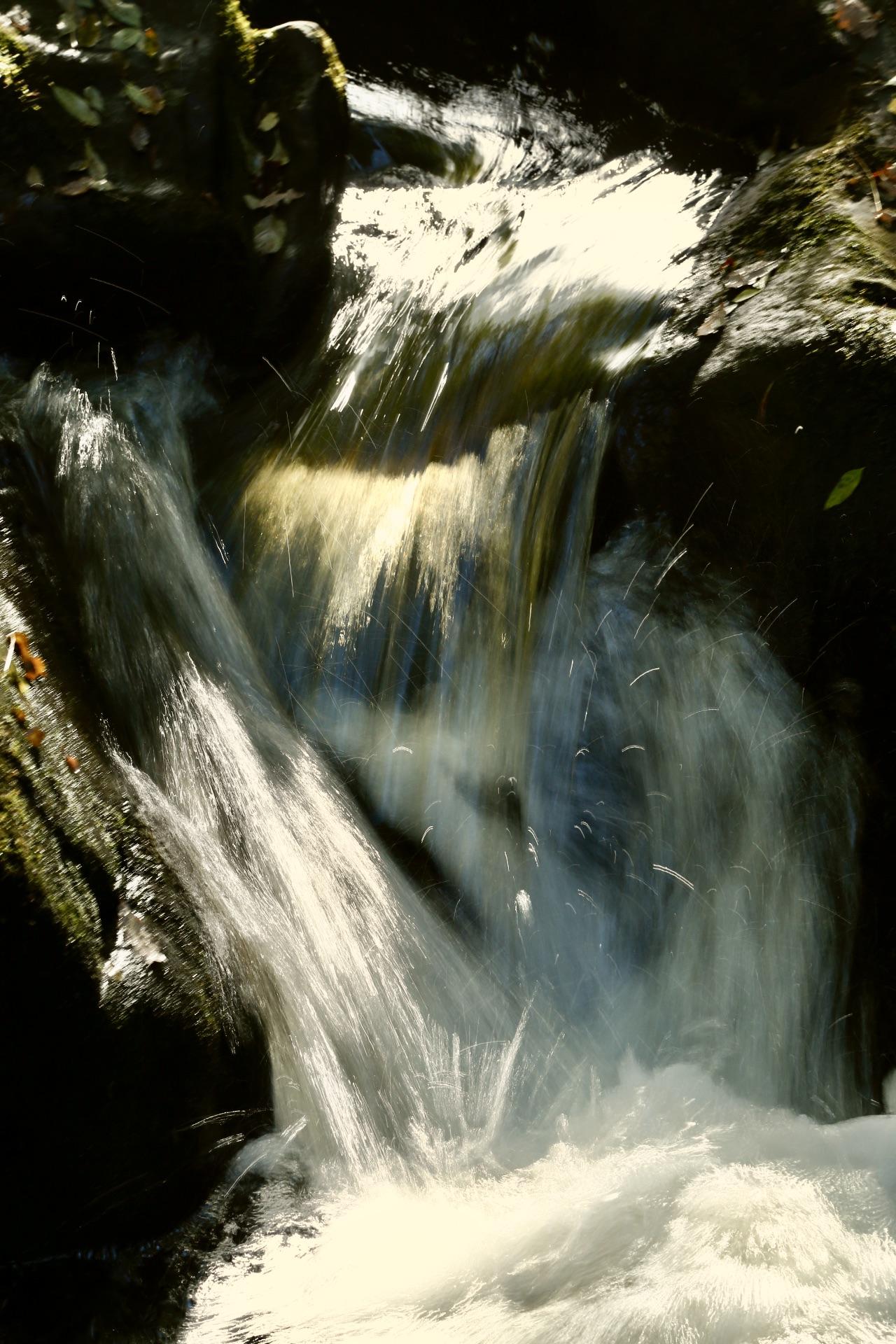Taking your dog for a walk should be a delightful experience, a time for bonding and enjoying the outdoors together. Yet, for many dog owners, this peaceful outing can quickly turn stressful when their furry companion lunges at other dogs. Whether it’s out of excitement, fear, or frustration, this behavior can be challenging to manage. In this article, we’ll explore effective and compassionate strategies to help your dog remain calm and composed during walks. With patience, consistency, and understanding, you can transform these outings into a more enjoyable experience for both you and your beloved pet. Let’s embark on this journey towards harmonious walks, where every step brings you closer to a well-behaved, happy dog.
Understanding the Root Causes of Lunging Behavior
To effectively address a dog’s lunging behavior, it’s essential to delve into the underlying reasons that might be causing this reaction. Dogs often lunge due to a variety of factors, each requiring a tailored approach for resolution. Fear and anxiety are common triggers; a dog may lunge to create distance from a perceived threat. In contrast, excitement and frustration can also prompt lunging, especially if a dog is eager to interact with another dog but is restrained by the leash. Recognizing these emotional states can guide you in selecting the most appropriate training techniques.
- Fear-Based Lunging: Look for signs like a tucked tail or raised hackles, and consider desensitization techniques to gradually reduce fear.
- Excitement-Driven Lunging: If your dog is pulling out of sheer enthusiasm, try redirecting their energy with engaging commands or toys.
- Territorial or Protective Lunging: This often occurs when a dog feels the need to guard its owner or space. Strengthening the “leave it” or “focus” command can be beneficial.
Understanding these root causes allows you to empathize with your dog’s perspective, fostering a more effective and compassionate training process. Remember, patience and consistency are key as you work to transform these challenging behaviors into positive walking experiences.

Building a Strong Foundation with Positive Reinforcement
When it comes to training your dog to stop lunging at other dogs during walks, utilizing positive reinforcement is key to fostering lasting behavioral change. Positive reinforcement involves rewarding your dog for exhibiting desirable behaviors, which in this case, means staying calm and collected when encountering another dog. Here are some effective strategies to build a strong foundation with your furry friend:
- Identify Triggers: Observe what exactly causes your dog to lunge. Is it the sight of another dog, a particular sound, or a specific distance? Understanding these triggers will help you manage situations better.
- Use Treats Wisely: Have a stash of your dog’s favorite treats ready. As soon as your dog notices another dog, redirect their attention to you with a treat. Reward them immediately when they focus on you instead of lunging.
- Practice Distance Control: Gradually reduce the distance between your dog and the trigger. Start with a comfortable distance where your dog remains calm and reward them for maintaining composure as you slowly decrease the gap over time.
- Consistent Commands: Use simple, consistent commands like “watch me” or “leave it” to help your dog understand what behavior is expected. Reward them generously when they respond correctly.
- Patience is Key: Building a strong foundation takes time. Be patient and celebrate small victories along the way, reinforcing positive behavior consistently.
By focusing on these positive reinforcement techniques, you’ll not only curb your dog’s lunging behavior but also strengthen your bond, ensuring a more enjoyable walking experience for both of you.

Implementing Effective Techniques for Controlled Walks
Training your dog to walk calmly beside you can transform your daily outings into enjoyable experiences. One effective method to prevent your furry friend from lunging at other dogs is to employ the “watch me” command. This technique involves redirecting your dog’s attention towards you whenever another dog approaches. Begin by practicing in a controlled environment with minimal distractions. Gradually introduce more challenging scenarios as your dog becomes more responsive. Remember to reward your dog with treats or praise to reinforce positive behavior.
Another powerful approach is to use desensitization and counter-conditioning. This involves gradually exposing your dog to other dogs at a distance they find comfortable, slowly decreasing the distance over time. Use treats and a calm voice to help your dog associate the presence of other dogs with positive outcomes. Consider these tips to enhance your training sessions:
- Maintain a relaxed demeanor to prevent transferring anxiety to your dog.
- Be consistent with commands and rewards to build a strong foundation.
- Utilize tools like a no-pull harness to provide better control without causing discomfort.
Strengthening Your Bond Through Consistent Practice
Creating a harmonious walking experience with your furry friend requires dedication and a thoughtful approach. Consistency is the key to success, especially when training your dog to overcome the instinct to lunge at other dogs. By integrating consistent practice into your daily routine, you not only reinforce desired behaviors but also strengthen the bond with your canine companion. Consider these techniques:
- Set a Routine: Establish a daily training schedule that includes short, focused sessions. Consistency in timing helps your dog anticipate and understand what is expected.
- Positive Reinforcement: Reward your dog with treats, praise, or a favorite toy immediately after they display calm behavior. Positive reinforcement strengthens the association between good behavior and pleasant outcomes.
- Practice Patience: Progress might be slow, but patience is crucial. Celebrate small victories and remain calm and composed, even when setbacks occur.
- Gradual Exposure: Start by practicing in environments with fewer distractions, gradually introducing more stimuli as your dog becomes more comfortable.
Through these consistent practices, not only will your dog learn to walk calmly, but the mutual trust and understanding between you will flourish, making every walk a joyful experience for both of you.

